Products Description
What You Need to Know to Buy a Quality Fake ID
In today's world, people seek out fake IDs for a variety of reasons, from gaining access to age-restricted events to exploring personal freedoms. When deciding where to buy a fake ID and evaluating its quality, there are some basic considerations that can help you get the best results. This article will guide you through the process of choosing where to buy a fake ID, evaluating the quality, and understanding popular fake ID states such as Alabama fake ID, Arizona fake ID, California fake ID, and Connecticut fake ID.
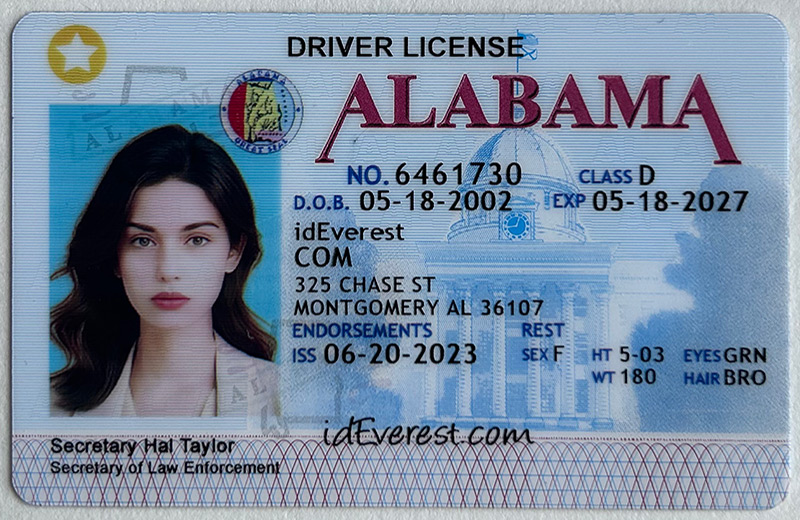



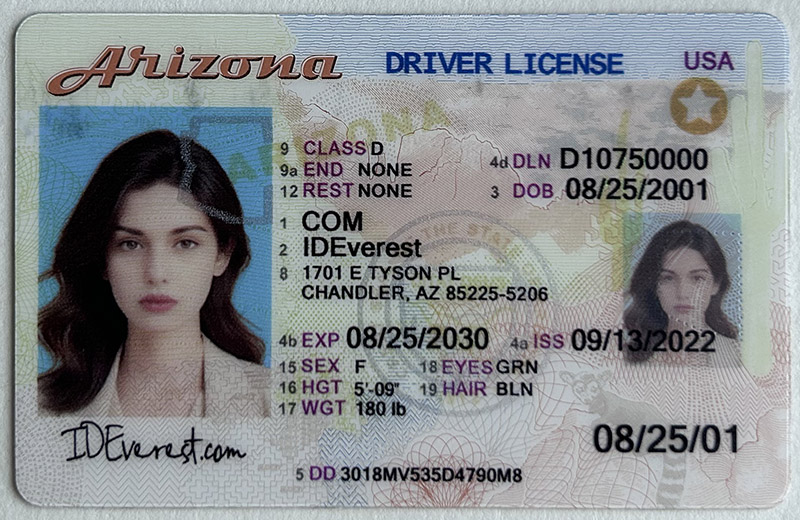
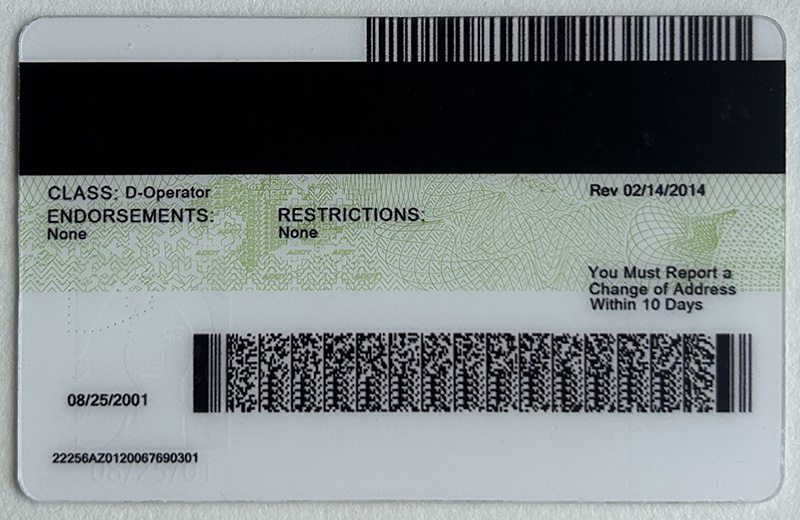
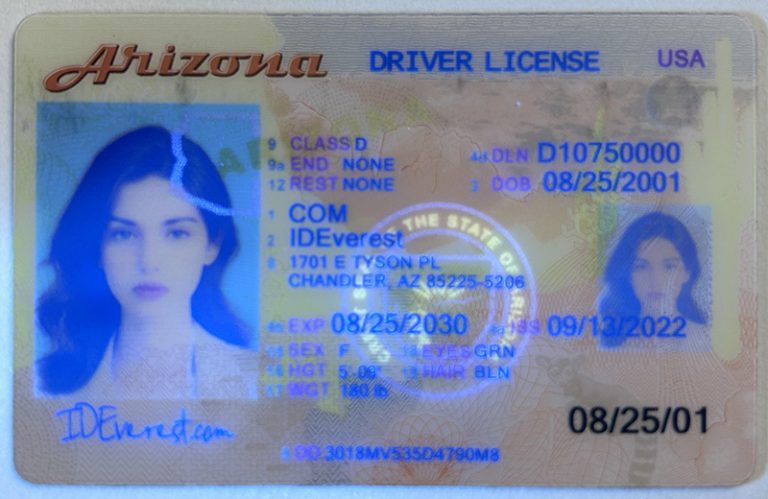

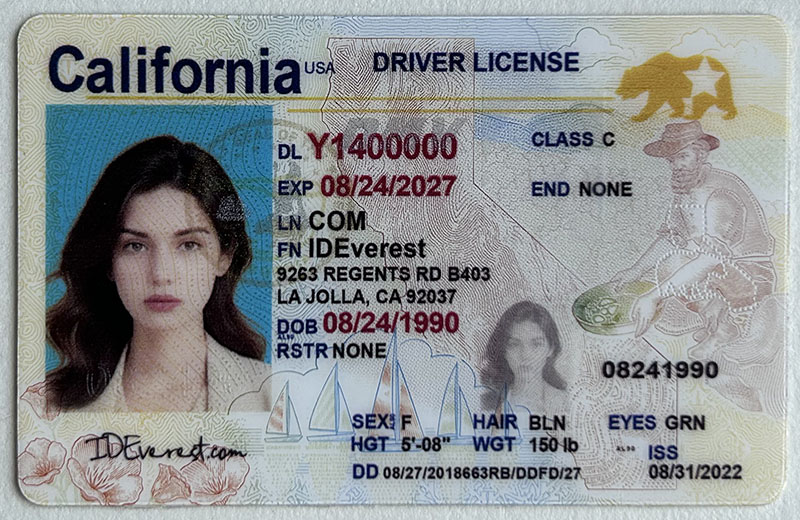
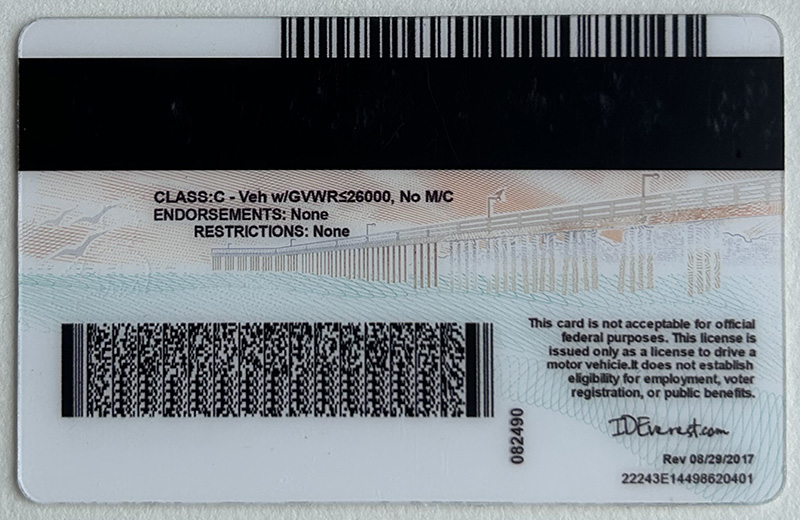

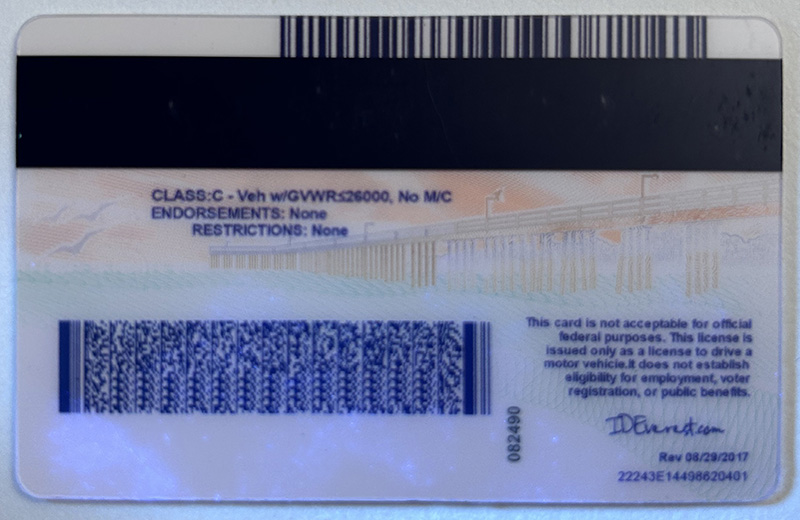
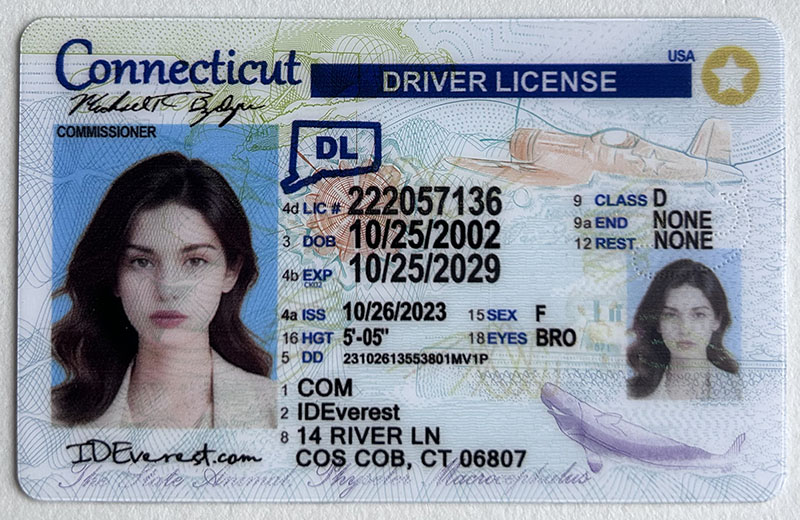
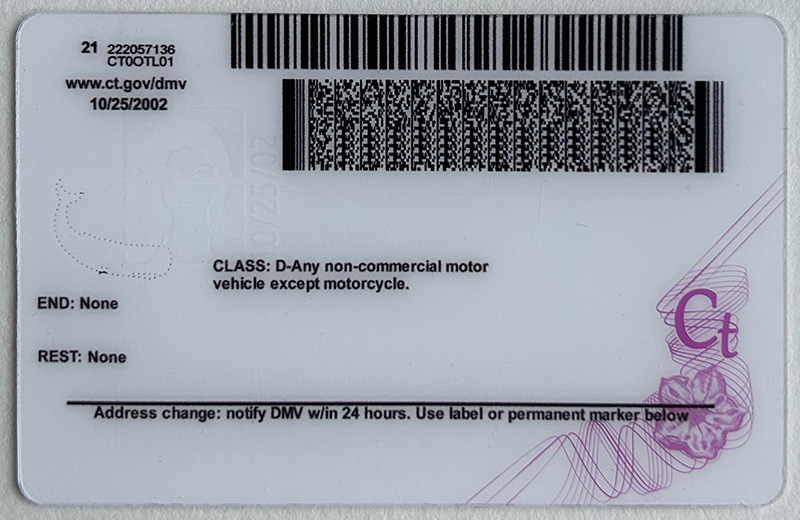
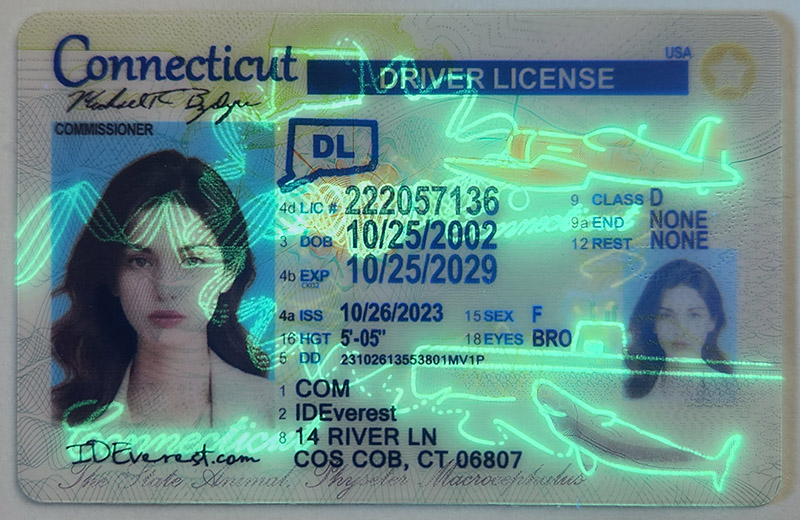
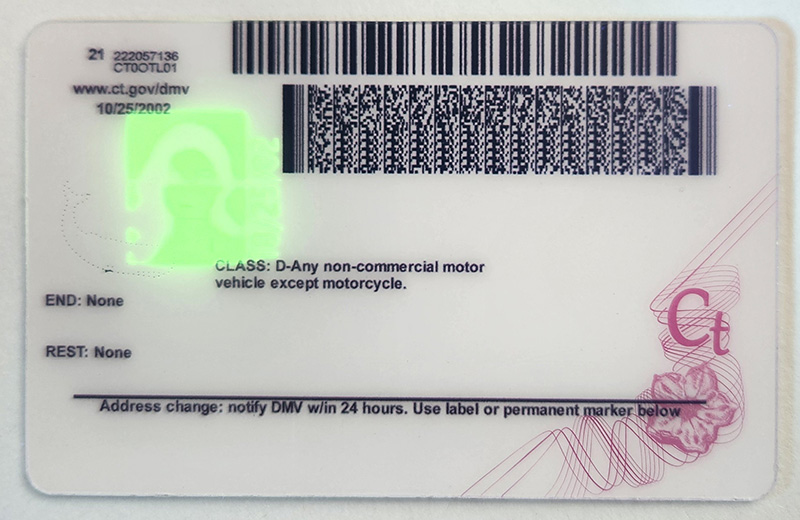
1. Where to Buy a Fake ID
There are several sources for buying fake IDs online, each with a different reputation, price, and quality level. Here is a breakdown of the most common options:
a. Online Marketplaces
Some people try to buy fake IDs on popular online marketplaces or social media platforms. However, certain platforms have strict policies against selling identification documents, which can increase the risk of scams. Additionally, buying from these sites means that your ID may lack quality control, as the sellers operate outside of any verification or reputation system. Nonetheless, sites that specialize in providing fake IDs often operate through their own secure websites.
b. Dedicated Fake ID Sites
There are a few sites that specialize in making and delivering high-quality fake IDs to customers across the country. These sites specialize in providing scannable ID cards that resemble real IDs in all important ways: from holograms and magnetic stripes to UV features. ID card making sites often categorize their offerings by state, which means you can easily find specific options, such as Alabama fake IDs or California fake IDs. Typically, these sites require uploading a photo, selecting a template, and making a secure payment.
c. Dark Web
There are several fake ID services on the dark web, often operated by anonymous vendors using cryptocurrency for secure transactions. While ID cards purchased this way may have high-quality features, the anonymity and complexity of using the dark web can lead to scams. Security is a major concern on the dark web, so unless you have experience using it safely, the risks may outweigh the benefits.
2. How to Assess the Quality of a Fake ID
Not all fake IDs are created equal, and the quality of an ID can have a huge impact on whether it can be successfully scanned, pass inspection, or even stand up under UV light. Here are the criteria to look for when evaluating the quality of an ID:
a. State-Specific Features
Each state's ID card has unique features, so pay attention to the specific details of the state you're interested in. For example, a fake Arizona ID should mimic the design of a real Arizona ID, including holograms, microprinting, and the correct placement of specific security features. The same is true for a fake California ID, which requires accurate UV patterns, color-shifting inks, and the iconic California grizzly bear to pass as authentic.
b. Holograms and laminations
Holograms are one of the most important features on any state ID. They are small, shiny images embedded in the ID laminate that are only visible under certain lighting angles. A high-quality fake ID will have a state-specific hologram that accurately mimics a real hologram. For example, a fake Connecticut ID should have a hologram of its state seal, as well as an optically variable ink badge that changes color under different lighting.
The lamination itself should be smooth, seamless, and durable. Poor-quality laminations may peel or show noticeable seams that expose the ID as a fake. Testing the lamination by gently flexing the ID helps confirm quality, as authentic-looking laminations will not have bubbles or begin to lift around the edges.
c. Barcodes and magnetic stripes
To ensure scannability, fake IDs must include a barcode and, in some cases, a magnetic stripe. This information needs to be encoded with the correct information to match the details printed on the ID. This information includes your name, date of birth, and sometimes even your address. A scannable fake ID, such as the Alabama fake ID, needs to pass through scanners at various locations without setting off an alarm. You can test this feature with an online barcode scanning app to see if it matches the details.
d. UV Ink and Microprinting
A high-quality fake ID will include UV reactive inks that can reveal hidden details under a black light. For example, a California fake ID should have a UV bear and the word "California" printed in UV ink on the front. Without these, the ID will not stand up to black light inspection.
State IDs also use microprinting, where tiny text is only visible under a magnifying glass. If you look closely and see fuzzy microtext, it indicates poor quality. A genuine counterfeit ID will have crisp, clean microprinting, another sign of top-notch design quality.
3. Identify Common Red Flags in Fake IDs
While some fake IDs look indistinguishable from real ones, others are flawed in key ways. Here are some red flags to look out for when considering buying a fake ID:
a. Too Low or Too High a Price
Fake IDs typically cost between $100 and $150 per ID. While this is the industry standard for quality products, too low a price can indicate poor workmanship, lack of security features, or even a scam. Conversely, overpriced IDs aren’t always better and can indicate someone is trying to take advantage of an inexperienced buyer.
b. Poor Customer Reviews
Before purchasing an ID, it can be helpful to check online reviews. High-quality fake ID providers often have positive feedback, but be wary of fake reviews that seem overly promotional. Some websites specialize in reviewing fake ID sites and can be a valuable resource for narrowing down reputable options.
c. Lack of Customer Support
Legitimate fake ID sites typically offer some form of customer service, usually via chat or email. A lack of customer service options can indicate a scam, as reliable sellers are more than willing to assist in ensuring your ID meets quality standards.
4. Specific Information on Fake IDs in Popular States
Fake IDs from popular states such as Alabama, Arizona, California, and Connecticut are often sought after because of their unique designs and popularity in nightlife and social settings. Here's a look at what makes each ID unique:
Alabama Fake ID
Alabama fake IDs need to feature a vertical design, be suitable for IDs under 21, and require precise details such as UV printed "ALABAMA" on the front. Security features also include the Alabama state flag and high-quality printing to prevent detection.



Arizona Fake ID
Arizona fake IDs should have the iconic Grand Canyon background and the Arizona state seal embedded in a hologram. Arizona IDs are also known for color-shifting ink, which should be accurately reproduced. The state is known for its strict inspections, so IDs here should be high-quality to pass verification.




California Fake ID
The California fake ID is one of the most common IDs, as it is one of the most widely known in the United States. It should feature the bear logo, color-shifting ink, UV "CALIFORNIA" text, and correct formatting. A high-quality California fake ID requires attention to micro-printing, which is a challenge for some manufacturers.




Connecticut Fake ID
Connecticut fake IDs require precise details with the state's official hologram, color-shifting elements, and micro-printed text. The Connecticut also has a UV pattern that can reveal the ID is fake if it's not done correctly.






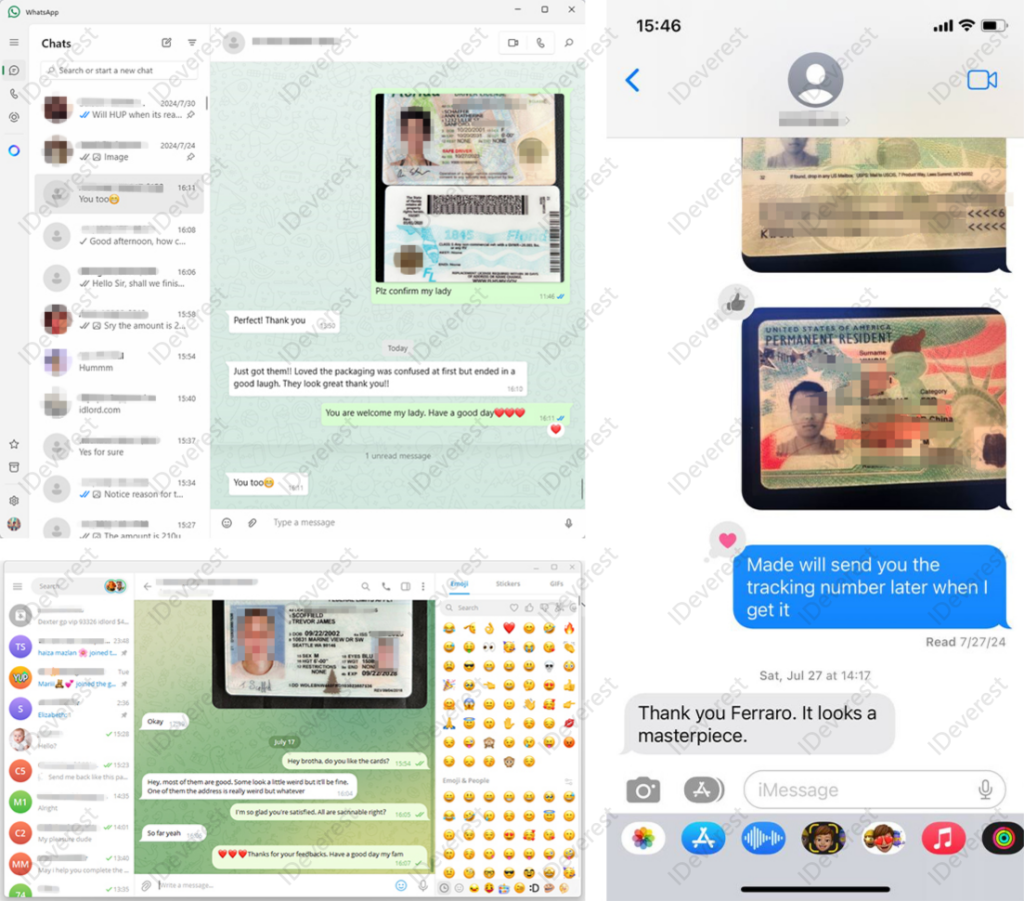



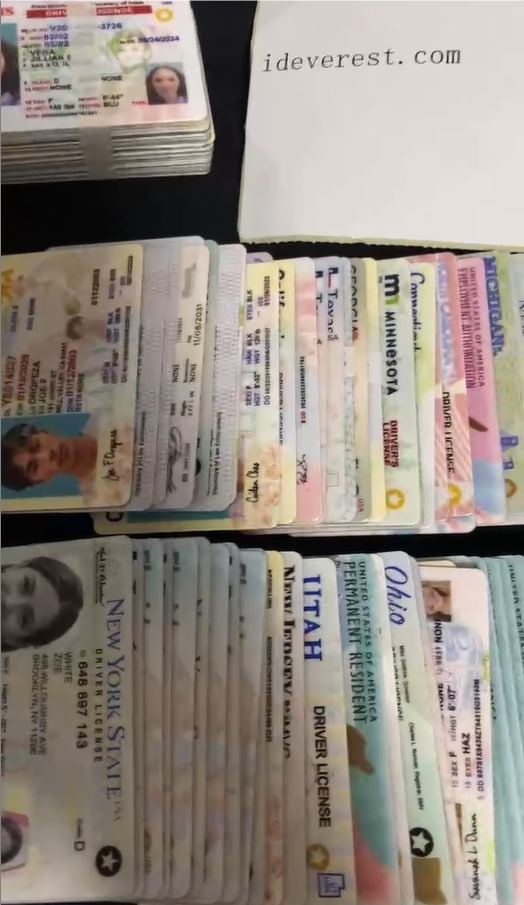




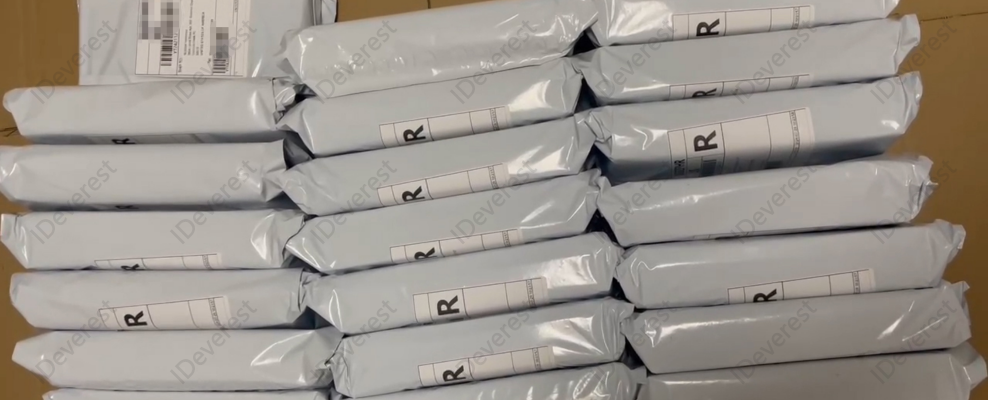
Tags:
You like

Buy fake IDs online

Scannable IDs

novelty IDs
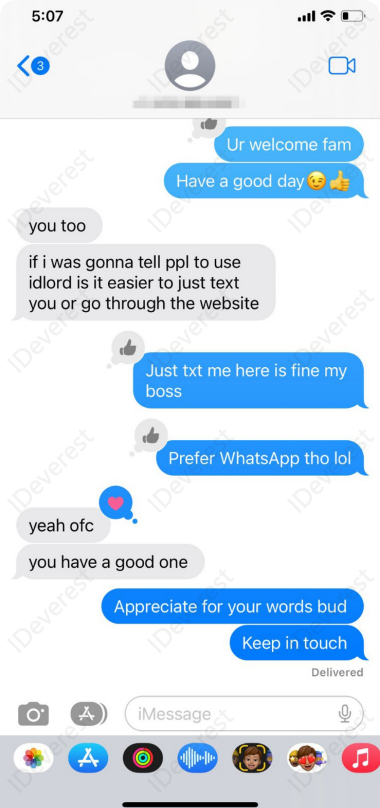
ID cards

